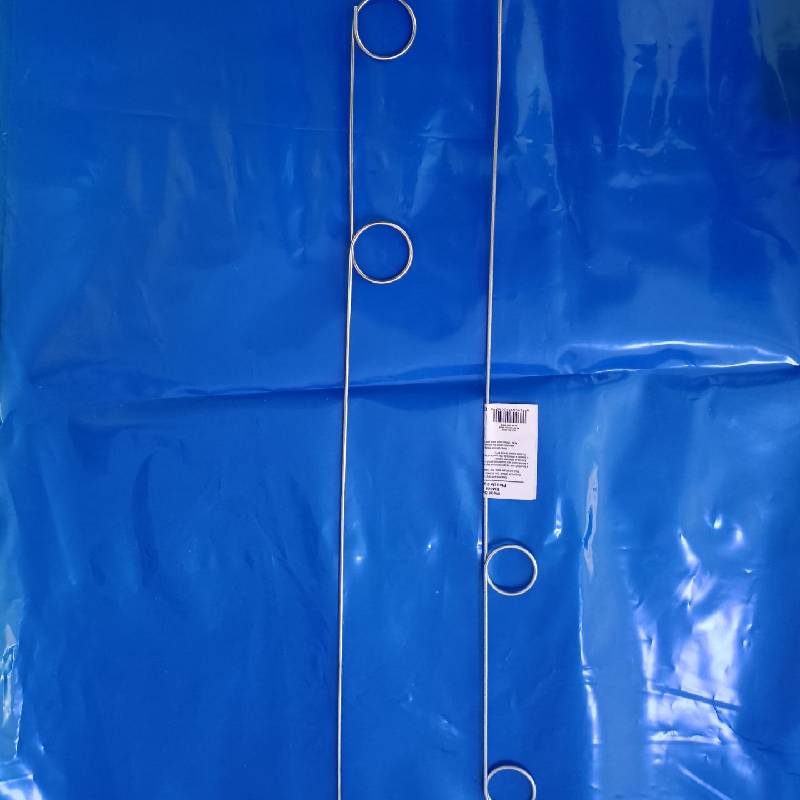
- Mobile Phone
- +8613931874955
- sales@cntcmetal.com
Joint Reinforcement Masonry - Strength and Stability Solutions
Joint Reinforcement in Masonry
Masonry, a time-honored construction technique, employs materials such as bricks, stones, and concrete blocks bound together with mortar to create durable structures. Among the various aspects that contribute to the strength and longevity of masonry work, joint reinforcement plays a crucial role. This article explores the importance, types, and benefits of joint reinforcement in masonry.
Joint Reinforcement in Masonry
There are several types of joint reinforcement commonly used in masonry construction, with the most prevalent being steel strips or wire. These reinforcements are typically embedded within the horizontal mortar joints of a masonry wall. The incorporation of steel reinforcement bars (rebar) within the masonry also falls under the broader category of joint reinforcement. This method is particularly effective in seismic-prone areas, where the additional support can help prevent catastrophic failure during an earthquake.
joint reinforcement masonry

One significant advantage of joint reinforcement is its ability to distribute stresses evenly across a masonry wall. Uneven settlement or differential movement can lead to cracking, but effective joint reinforcement can minimize these risks by allowing the structure to flex and move as needed. Additionally, joint reinforcement enhances the resistance of masonry walls to wind forces and other lateral loads, making it a critical consideration in areas subject to extreme weather conditions.
Another important benefit of joint reinforcement is its contribution to the design aesthetics of masonry structures. Well-executed reinforcement can lead to smoother, more uniform walls, improving the visual appeal of both residential and commercial buildings. Moreover, joint reinforcement can facilitate the construction of taller masonry walls, allowing architects and builders to push the boundaries of design while maintaining structural safety.
In conclusion, joint reinforcement is an essential component of effective masonry construction. By providing added strength and stability, it mitigates potential issues such as cracking and helps ensure the longevity of masonry structures. The use of steel strips, wire, and rebar as reinforcement materials serves to enhance the performance of masonry in various environmental conditions. As architectural trends evolve, the incorporation of joint reinforcement will continue to play a pivotal role in the construction industry, ensuring that masonry remains a sustainable and reliable building method for future generations.
share:
-
Why Sacrificial Formwork Is Redefining Underground ConstructionNewsJun.06,2025
-
The Structural Dynamics of Modern Concrete: How Snake Spacers Revolutionize Flexible ReinforcementNewsJun.06,2025
-
Snake Spacers Smart-Lock Concrete Reinforcement with Surgical PrecisionNewsJun.06,2025
-
Snake Spacers: Reinforcement Precision for Modern Concrete ProjectsNewsJun.06,2025
-
Snake Spacers Powering Concrete's Structural DNANewsJun.06,2025
-
Slither into Success: Snake Spacers' Precision Bite for Unbreakable ReinforcementNewsJun.06,2025
-
Sacrificial Formwork: Building Stronger, Faster, and Safer StructuresNewsJun.06,2025



















